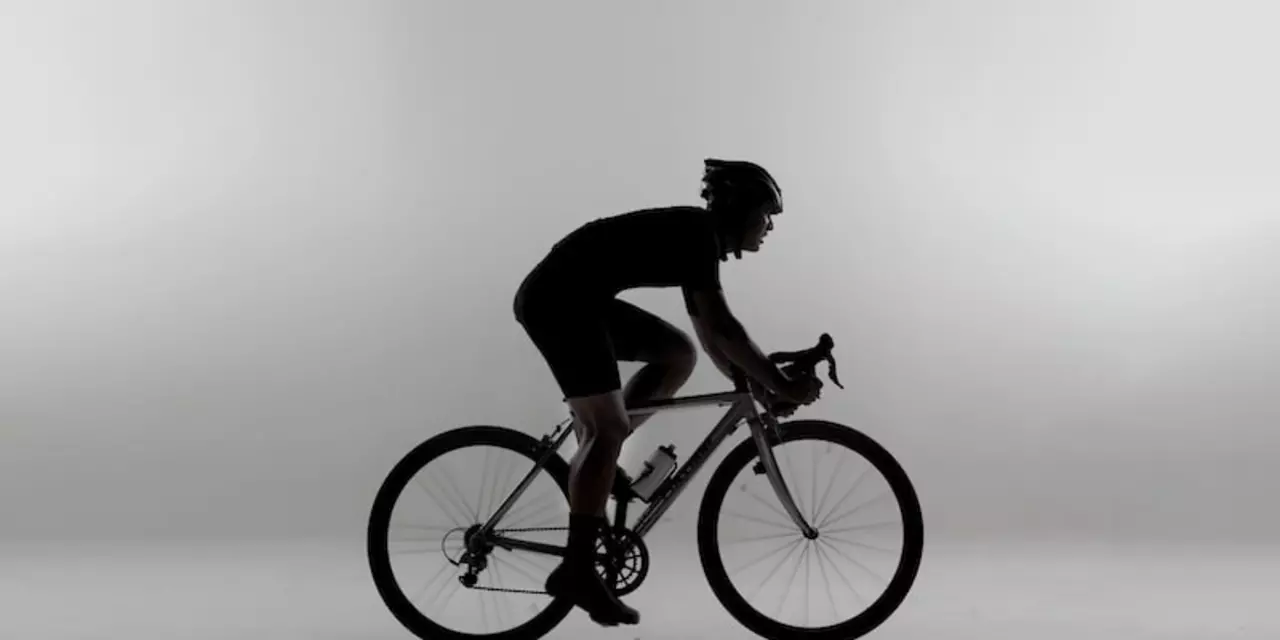Understanding Cycling Distance: Tips for Every Rider
Ever wonder why some friends can log 200 km in a weekend while you stick to 20 km? The answer isn’t magic – it’s about how you plan, train, and measure your rides. On this page we’ll break down the basics of distance, give you a step‑by‑step plan to add miles safely, and show you the easiest ways to keep track of every kilometre.
How to Build Up Your Riding Distance
Start small. If you’re comfortable with a 5 km daily ride, that’s a solid foundation. Add a little extra each week – think 10% more every seven days. That extra stretch could be a longer Saturday ride or a 10‑minute extension on a weekday. The key is consistency, not sprinting ahead.
Mix in one long ride per week. This isn’t about going all‑out; it’s about staying on the bike for a longer period at a relaxed pace. Use this ride to practice nutrition: sip water every 15 minutes and eat a banana or a few energy bars after the first hour. Your body will thank you later when you tackle a 100 km charity ride or a weekend bike tour.
Don’t forget recovery. A day off or a light spin keeps your muscles from getting too tight and helps you avoid the dreaded post‑ride stiffness. Stretch, roll a foam roller, and get enough sleep – those simple habits let you add miles without over‑training.
Measuring and Tracking Your Miles
Old‑school cyclists used a bike odometer. Today a smartphone app or a cheap bike computer does the job in seconds. Pick a tool that shows distance, speed, and time, then set a weekly goal. When you see the numbers add up, motivation spikes.
Track more than just distance. Note the route, weather, and how you felt. Over time you’ll spot patterns – maybe you ride farther on cool mornings or lose pace on steep climbs. Those insights let you tweak your training plan without guesswork.
Set realistic targets. If your longest ride was 30 km last month, aim for a 35 km ride in the next two weeks. Celebrate each milestone – a new shirt, a post‑ride coffee, or a playlist upgrade. Small rewards keep the habit enjoyable.
Watch out for common pitfalls. Pushing too hard, too fast often leads to soreness or injury. Also, ignore the temptation to compare your mileage with seasoned racers who train for 300 km stages. Your journey is personal, and steady progress beats occasional burnout.
Now that you know how to grow distance and keep tabs on every kilometre, it’s time to hit the road. Pick a route, set a simple goal, and let the miles add up. Your next big ride is just a few weeks away – you’ve got the plan, the tools, and the know‑how. Happy cycling!
How far can you cycle comfortably without bike shorts?
Bike shorts are an essential part of cycling comfort: they provide cushioning and support to prevent chafing and saddle sores, and keep you cool on hot days. However, some cyclists prefer to go without bike shorts for a variety of reasons. This article provides tips on how to cycle comfortably without bike shorts, including proper bike fit and the use of chamois cream or an alternative padding. Furthermore, the article outlines how far you can comfortably cycle without bike shorts, depending on factors such as saddle type, bike fit, and your own personal cycling experience. In conclusion, while bike shorts are an important part of cycling comfort, it is possible to cycle comfortably without them, provided that you make adjustments to your bike fit and use other protective measures.
More